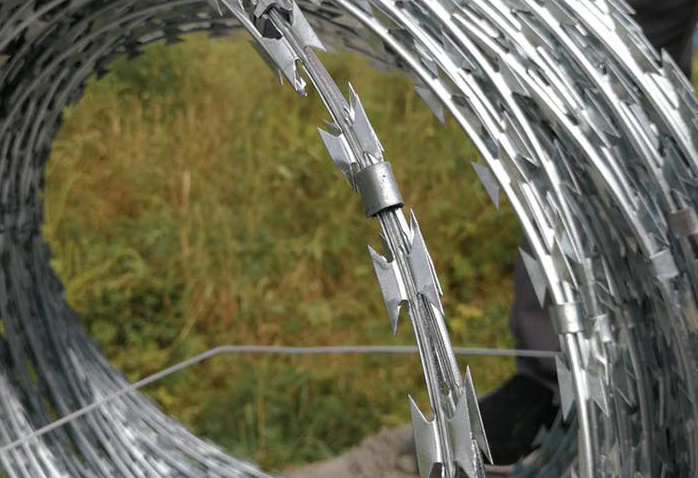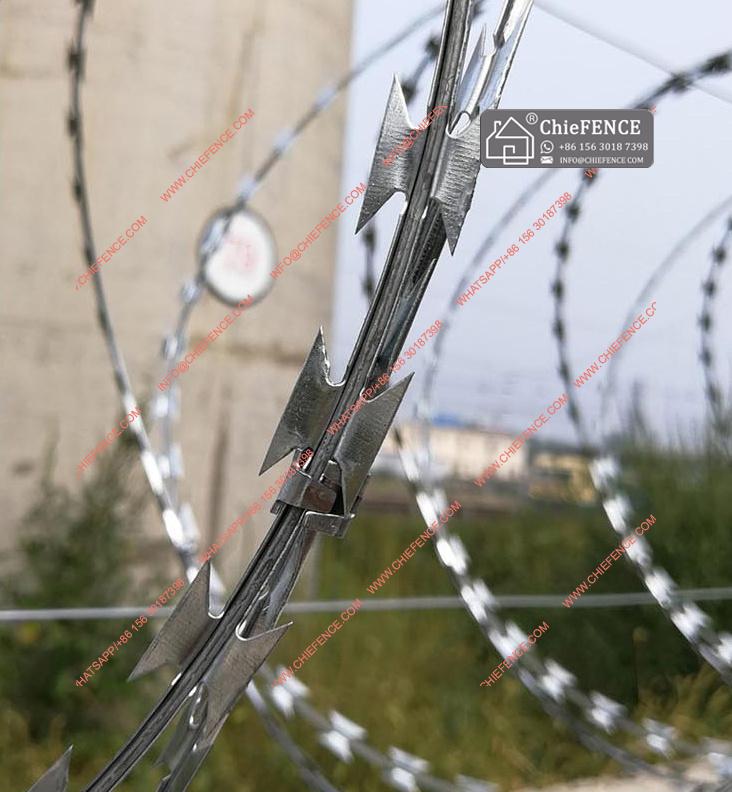Razor wire ( BTO-10,BTO-22,CBT-65), a very popular perimeter protection
Razor wire ( BTO-10,BTO-22,CBT-65), a very popular perimeter protection,
But many people is unknown about it
what should we know before hiring or recommending such protective measures?
what should we know before hiring or recommending such protective measures?
The concertina razor wire is so effective that even ships and Offshore drilling platform are using it.
Razor Blade barriers are often called razor barbed wire, and are an essential element to reinforce all types of borders in the largest, highest, medium, and lowest safety conditions. Currently, concertina wire are used to protect all types of boundaries that establish external polygons and internal areas in prisons, airports, oil refineries, substations, and other infrastructure. Industrial and military installations, government and corporate buildings, including residential buildings, ships, and even offshore platforms.
This article is provided for people who choose this product to help them find the right solution and avoid being guided by unprofessional consultants and sales staff to make the wrong decision. This will mean that your safety has not been taken care of by right protection.
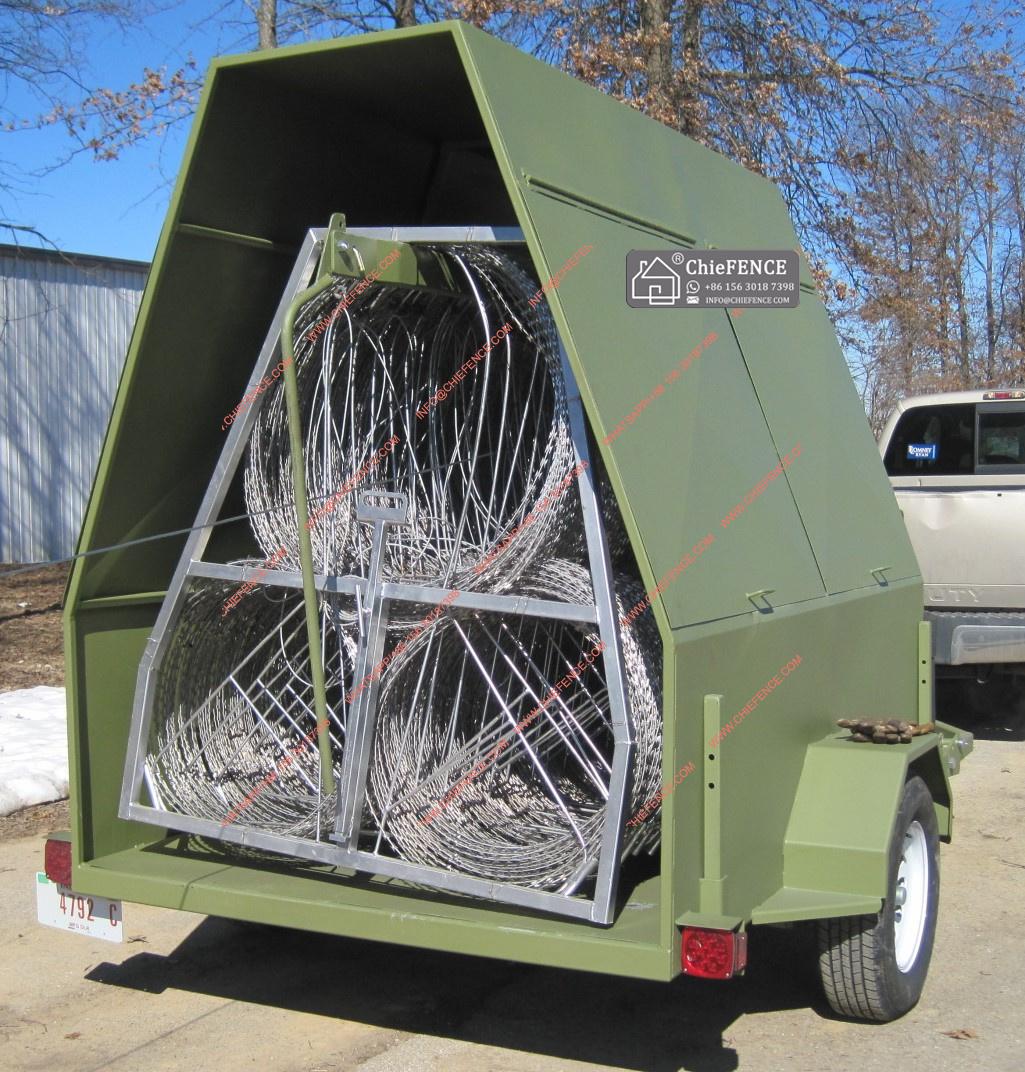
The barbed wire is the pioneer of the concertina and evolved in the military environment; the concertina can speed up the deployment, and is stronger on the blades and tapes, and more efficient.
In the 1960s, the use of this technology began to normal in prisons and psychiatric hospitals in the United States. During the Vietnam War, more powerful and efficient tactical action systems emerged this could be deployed quickly. The blades and tapes items are design larger to difficult to cut .
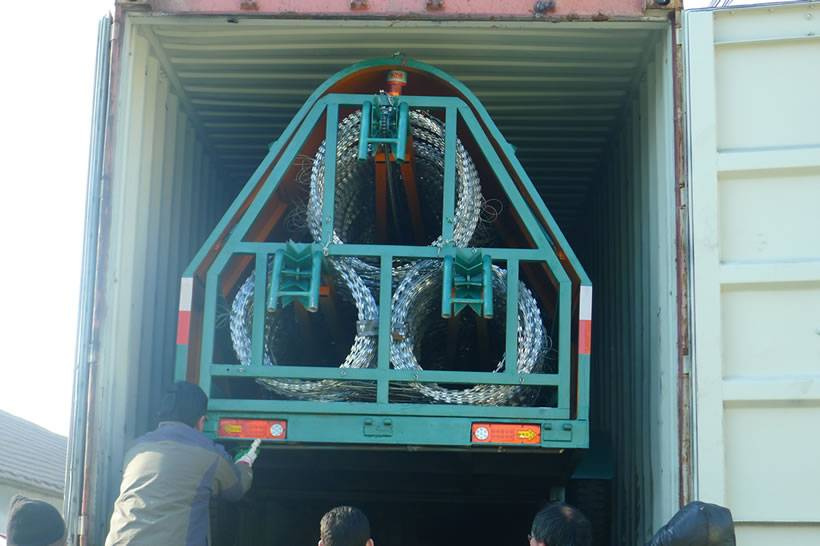
Nowadays, sensitive facilities all over the world are widely using these obstacles for protection,
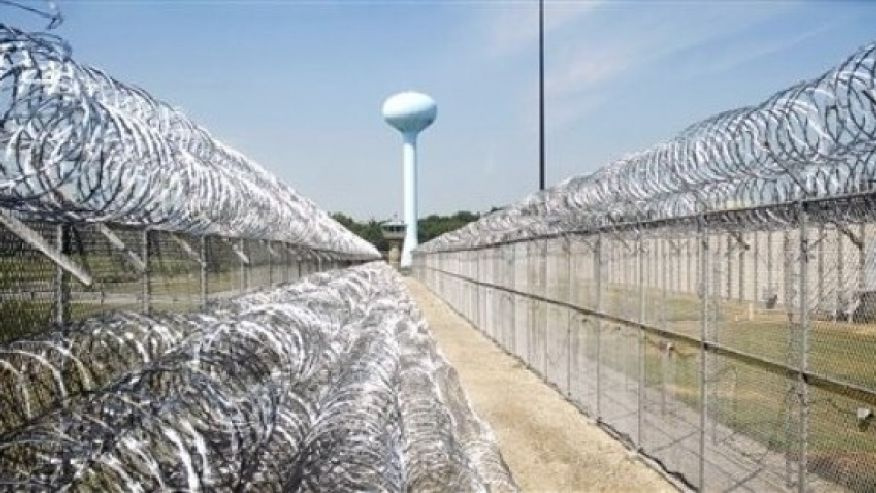
These protective measures have been proven effective and therefore have been adopted by various applications. It is widely used in prisons or military environments,
Today, we can regard them as a method of protection in residential, commercial, industrial environments, critical infrastructure, etc., as well as all important sectors and even ships and offshore installations; they are becoming more and more popular among police and law enforcement agencies around the world. Another application is the rapid deployment of riot and infrastructure protection barriers in urban environments.
The concertina has evolved into a must for public safety and police operations. Its high-speed mobility and rapid deployment in some models make it the best product for riot control and demonstration control.
Blade obstacles can be integrated with technical means and fully comply with the principle of perimeter protection.
Obviously, the "blade barrier" is an extremely effective element to prevent unauthorized intrusion. It is highly persuasive, durable, and easy to integrate into a strategy that combines physical and technical means (detection systems). If used properly, the technology will always follow the following perimeter protection principles: deterrence, detention and delay. The correct choice or suggestion should consider the following factors:
We must to answer two questions: What do we want to protect? What are we going to Resist?
We must gather information so that we can understand the opponent, his abilities, his tactics and possible resources. Likewise, it is necessary to know the security of the site to be protected or the responsiveness of the protection agency to determine the level of deterrence and the required delay.
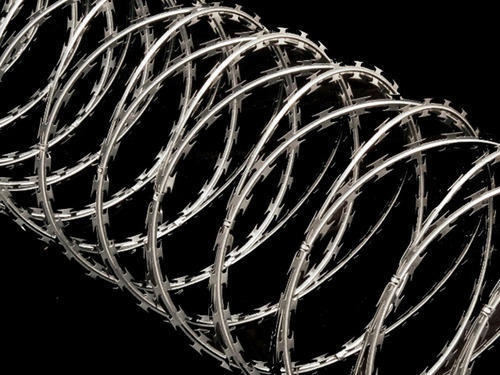
In addition, on-site inspections will allow us to determine other conditions, such as adjoining risks; height and fixed surfaces (walls, fences or wires); possible routes that opponents may use and the distance from the periphery to the asset to be protected, etc.
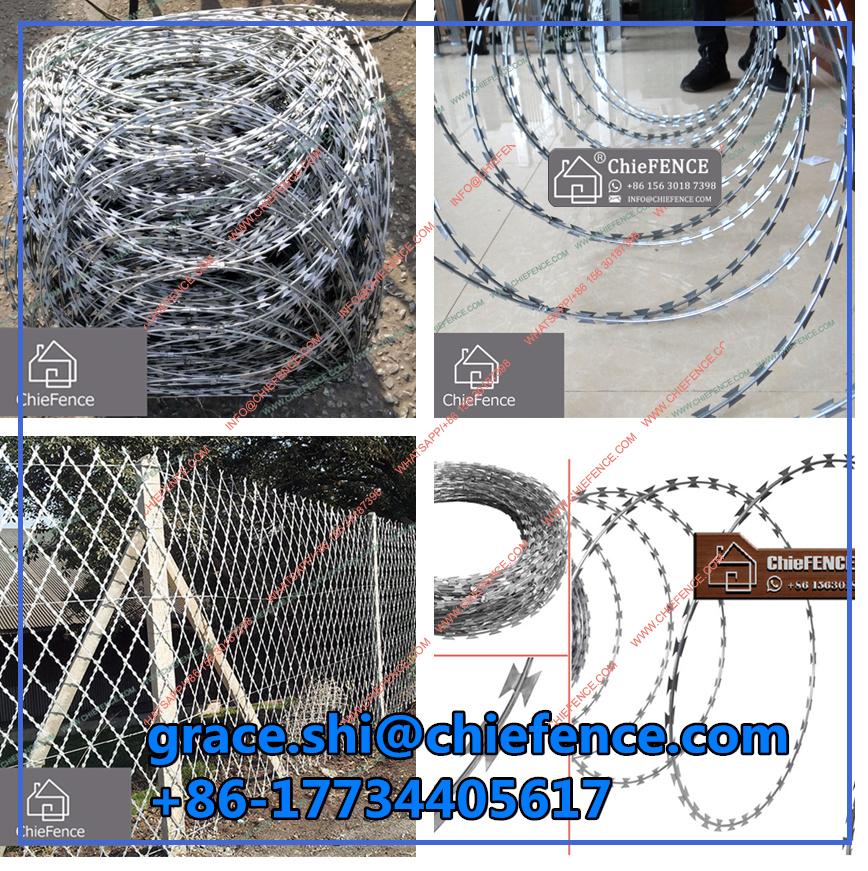
We must recognize that these barriers are extremely effective, although they are not aesthetically pleasing. Those who decide for whom know they are making safety decisions, not cosmetic decisions.
Let us remember that one of the primary goals of these technologies is to act psychologically and defeat the attacker so that no more attempts are made to invade.
However, we can do something to find an aesthetic balance. This means that deterrence factors must be prevented. Even so, these physical barriers will not completely lose their effectiveness. In some successful cases, vegetation is allowed to grow to such an extent that it grows under the internal restriction of obstacles or under the internal restriction of obstacles to prevent the razor wire product from being noticed from the outside,
From our point of view, it is necessary to adopt a defensive/preventive strategy, that is, to show our advantages, and the blade of the obstacle helps us to effectively convey this information. Remember, perception is safe, and by having this type of system, we are sending users and opponents dangerous information here.
weather:
The same protective device will vary depending on the installation location. Exposure to different conditions, such as ultraviolet rays, humidity, salinity and other external factors, may affect the performance and service life of the material. For this reason, knowing which is the main role in the environment determines the degree of resistance we require, which will lead to the selection of materials that are strong enough to ensure the longevity and effectiveness of the product.
installation:
The metal wire that fixes the concertina to the guide is made of stainless steel and has a higher electrical resistance than ordinary metal wires.
This is a basic problem. The blade obstacle is the main element of the protection system; however, in order to fix it correctly on a certain surface (wall, fence or wire), we must pay attention to the elements that make up the fixed subsystem. Correct operation is essential:

·Barbed wire wire and torsion steel wire: together they can keep the blade obstacle in a good armed condition and have a sufficient level of tension.
· Support: If the obstacle is installed directly on the wall, these elements will become obstacles, such as brackets, pillars or anchors.
Bracket fixing system: We have to be very careful at this point, because improper fixing of the bracket can be fatal, and the blade obstacle will begin to fall off in a short period of time.
Rolling performance and spiral separation: As we have seen, the blade obstacle consists of rolls that can be stretched or contracted like an accordion. , The installer can use less material to draw the paper rolls of 8 to 12 meters, the gaps with too large spacing will damage the protective effect, thereby damaging the safety of the end user.
Installers, current social security, safety equipment for working at heights, appropriate lifting equipment, drilling equipment, gloves and appropriate personal protection tools to prevent accidents, so as to prevent you and your organization from being cut or injured I have to face very troublesome moments when an accident occurs due to a fall.
Installation speed: As long as the installation team has good plans, knowledge, proper training, and proper lifting, drilling, communication and transportation equipment, these protective measures can be deployed quickly.
Long-term warranty: If you choose the right material, even at the seaside, a high-quality supplier can provide you with a 20-year warranty in writing.
·Professional team: A reliable supplier must evaluate what it means for customers to open their homes or workplaces; therefore, you will have no reservations about signing non-disclosure agreements for the exchange of plans and other related information. In addition, you will know the importance of properly handling confidential information and carefully recruiting and controlling the personnel who will do this work, which will protect you from any information leakage or installation errors.
Safety design:
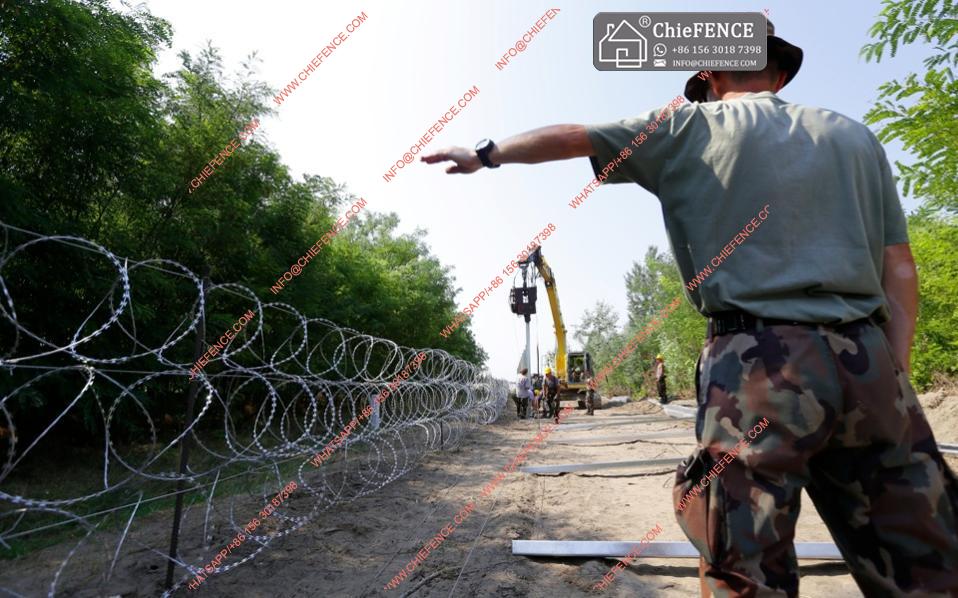
It is important to consider whether we are protecting a single boundary or in a layer where the protection layer is located inside and there will be other boundaries. It is convenient not to use the same type of blade obstacle; in this way, we will force the offender to carry different Different cutting tools are used for each obstacle or perimeter, which will prevent them from performing their tasks.
Blade barriers can be used as the top finish of any type of wall or lattice to separate two properties, protect the roof, etc. In addition, they can also be installed as floor barriers to protect our surrounding areas from enemy attacks .
According to the purpose and type of protection we are looking for, we can select the appropriate specifications for one or more obstacles to be installed.
The basic points to be considered when formulating specifications are as follows:
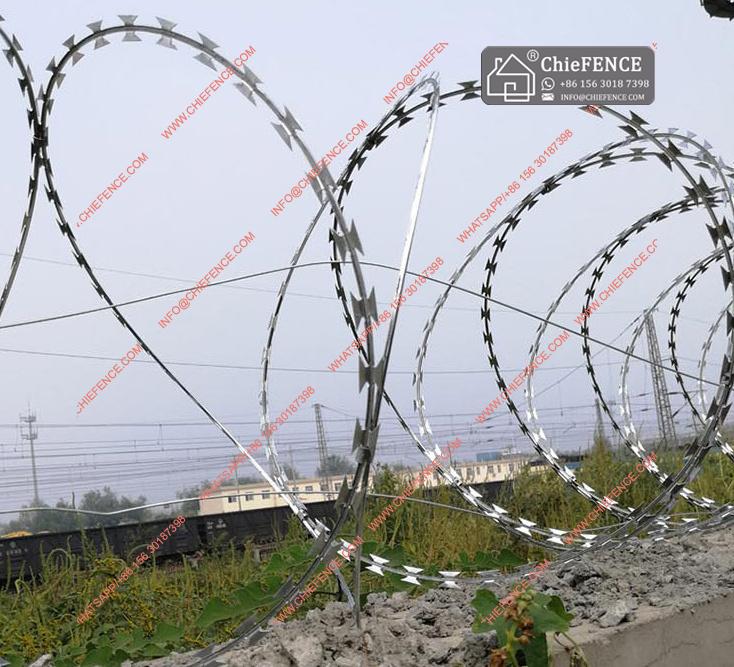
Diameter: The manufacturing diameter of the blade obstacle is 45 cm, and the maximum diameter is 1.5 m. For protection, for the top cover, it is recommended to use a diameter of not less than 60 cm, and for the bottom cover application, it is recommended to use a diameter of not less than 91 cm. There are different types of razors, and your choice will depend on the analysis of different factors.
Blade types: In this chapter, we find different types of blades: short, straight, misaligned straight blades and harpoon-shaped blades with scalpel edges. The choice of blades is also important and is related to the delayed destruction time we expect It is directly proportional, so certain standards and a broad knowledge base must be used when choosing a blade.
Plate and steel line: This part represents the entire structure of the blade obstacle, and a spiral is formed there, and the spiral blade appears at a certain distance around the blade. Design and materials are proportional to the resistance to cutting obstacles.
Blade obstacle manufacturing material: The components of the concertina include: plate, blade, reinforcing wire and spiral bonding clip. The most famous options for making such elements are:
1. All components are made of stainless steel
2. All components are made of galvanized steel.
3. The plate, blade and union clamp are made of stainless steel, and the reinforcing wire is galvanized steel.

